 |
|||
 |
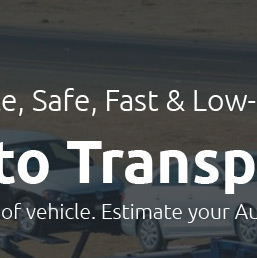 |
 |
|---|---|---|
 |
 |
|
 |
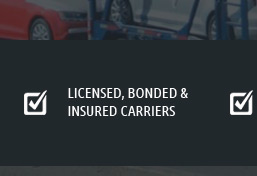 |
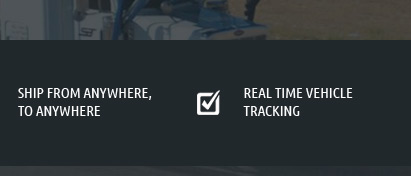 |
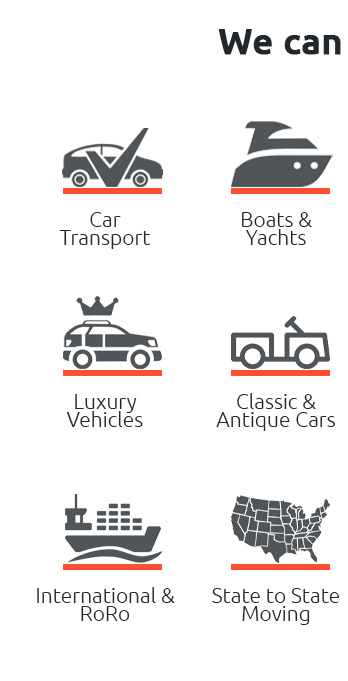 |
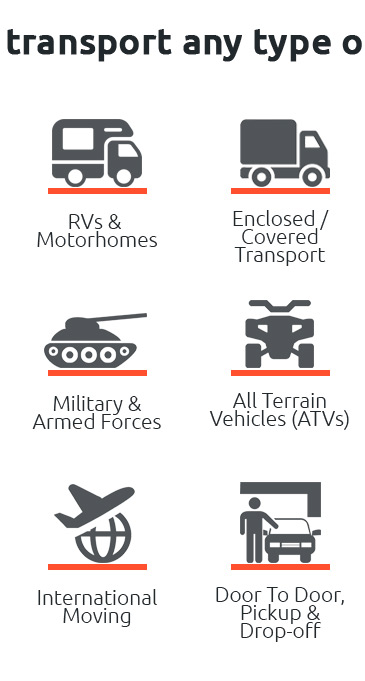 |
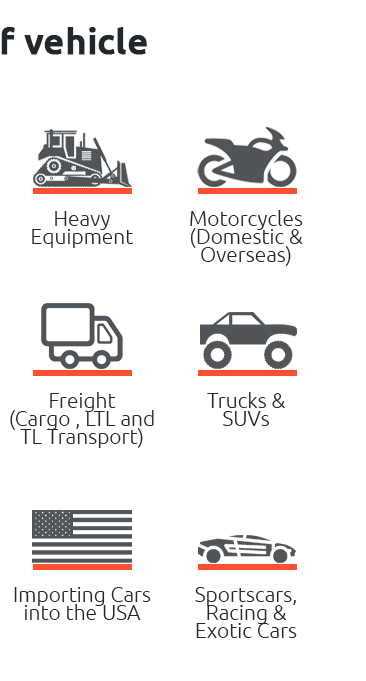 |
|---|
 |
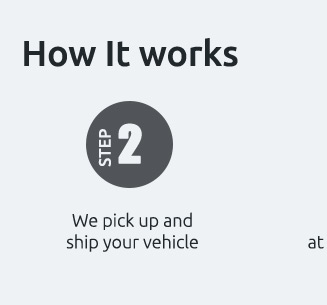 |
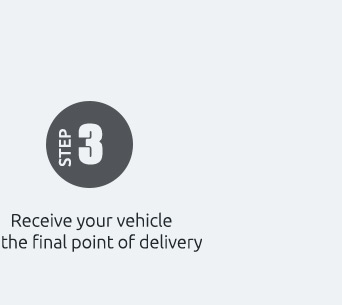 |
|---|---|---|
 |
||
 |
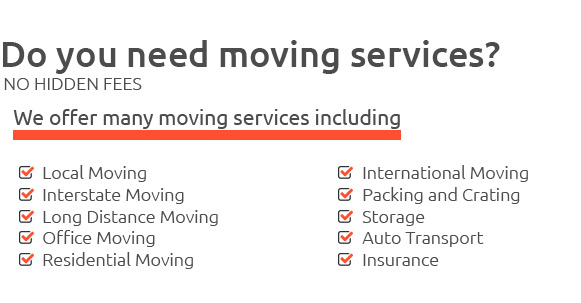 |
|---|---|
ship my car from usa to europe: options, costs, and timingWhat it really involvesMoving a vehicle overseas usually means ocean freight via either RoRo (roll-on/roll-off) or a shared container. RoRo is simpler and often cheaper, while containers add protection and allow personal items, but cost more. Expect transit of 3–6 weeks, plus handling time at both ports. Budget for freight, port fees, marine insurance, and European import taxes or VAT. Many countries require proof of ownership, a clean title, and thorough cleaning to meet biosecurity rules. Some vehicles may need light modifications to satisfy lighting or emissions standards. Pros and cons at a glance
Practical next steps
With realistic expectations and the right forwarder, the process is manageable-and your car arrives ready for its new roads.
|
|---|